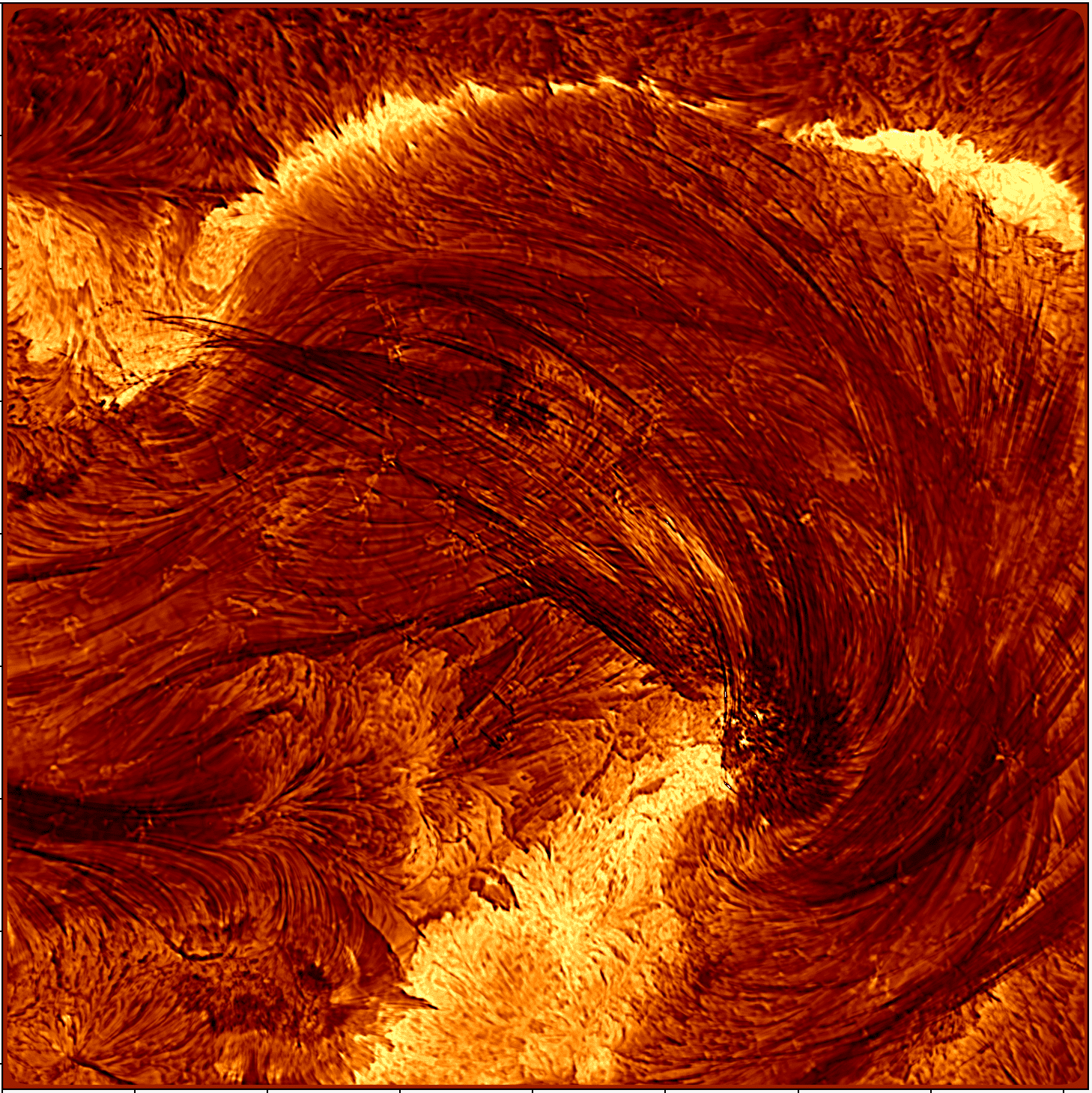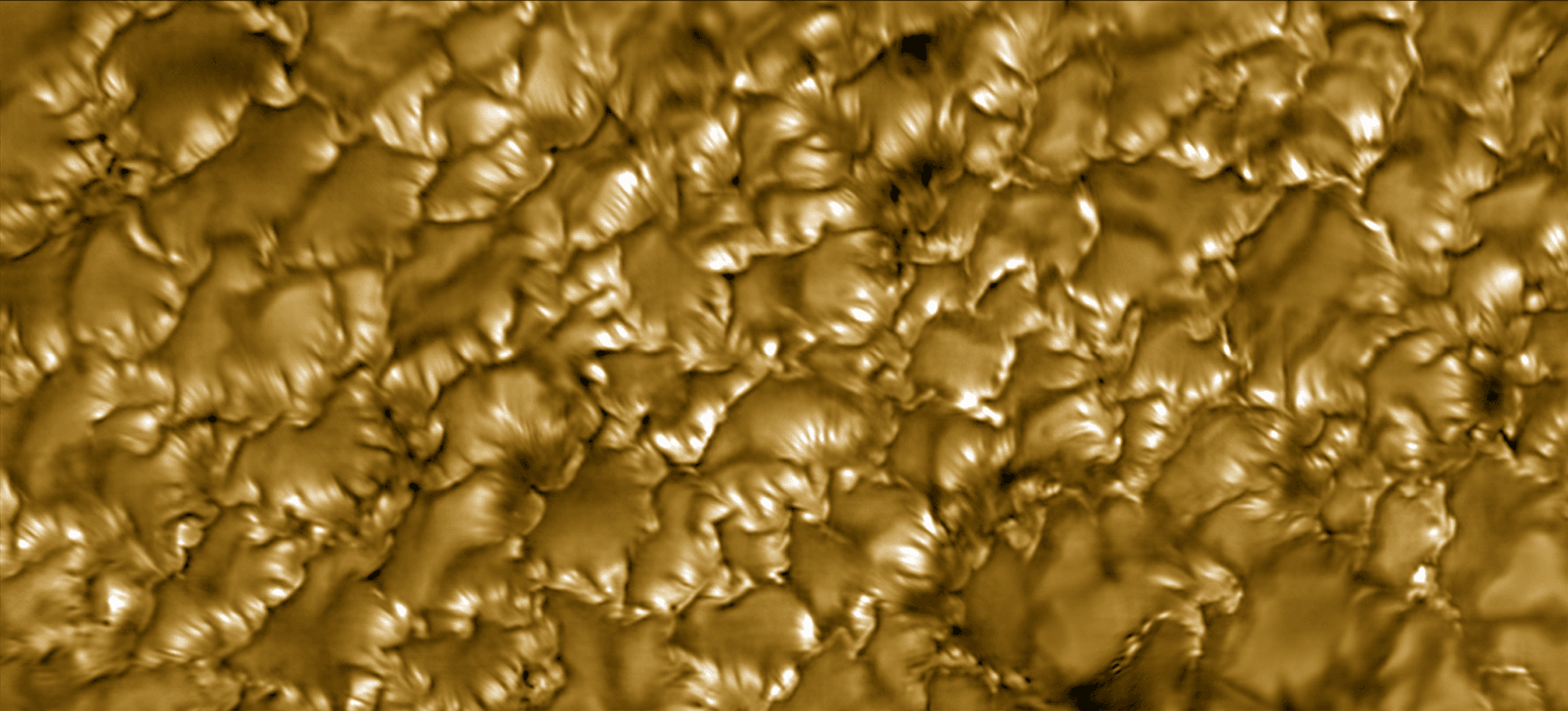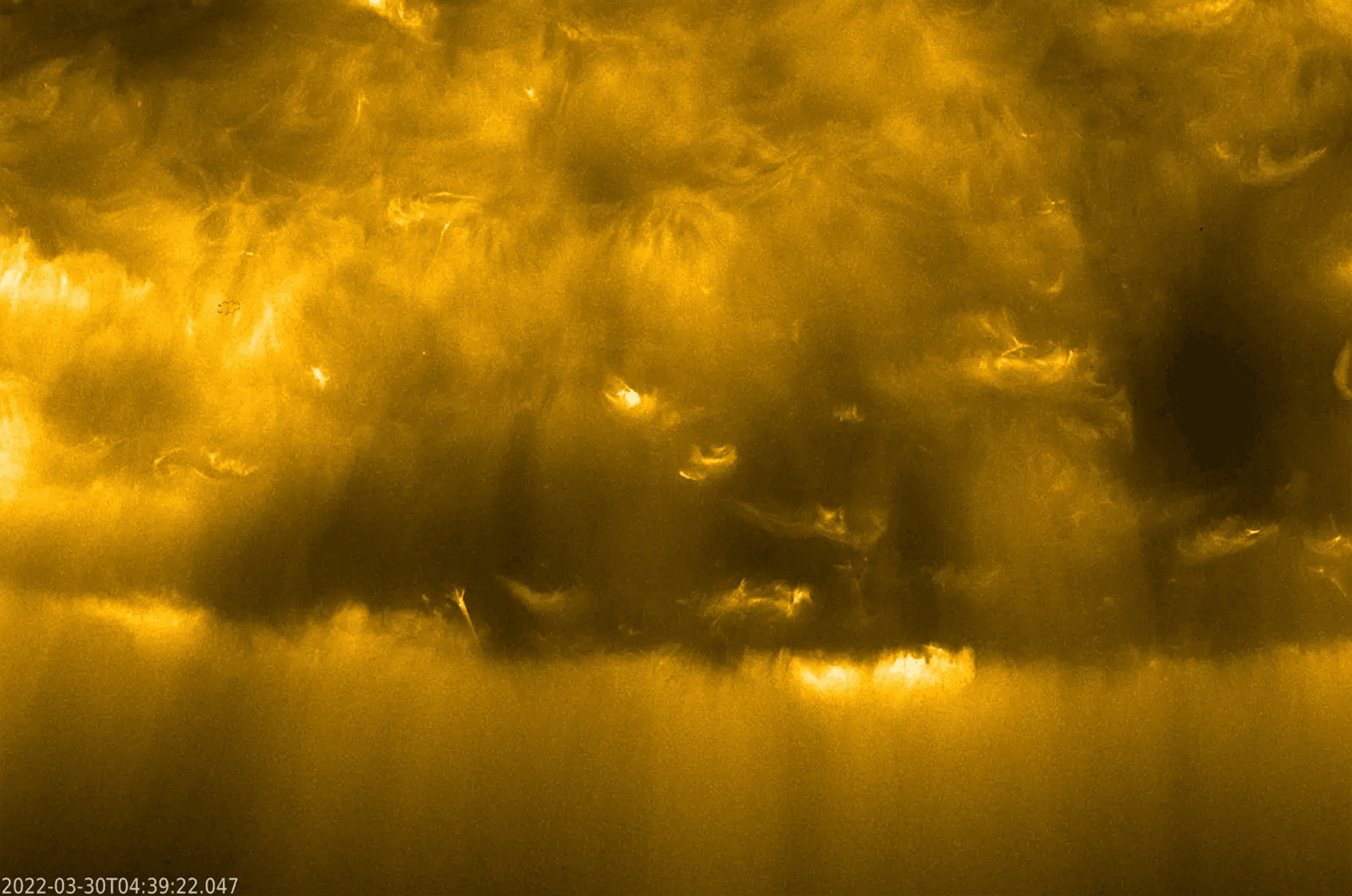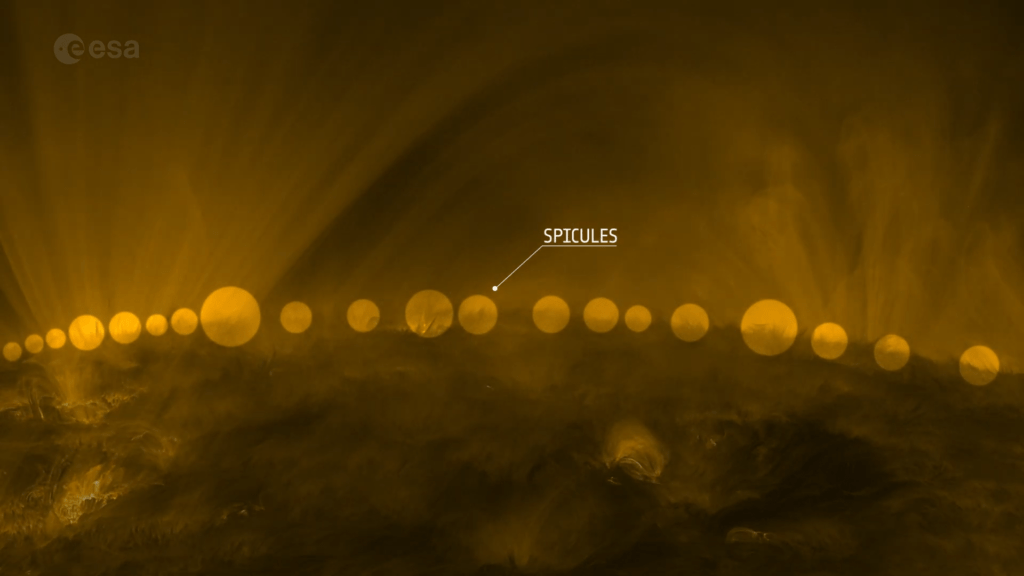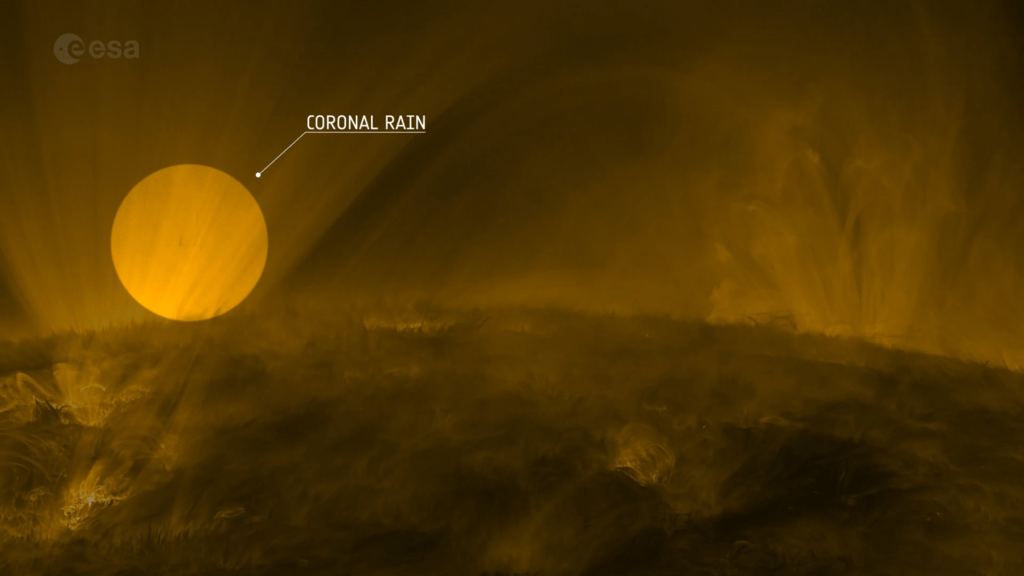Scientists have unveiled the sharpest images ever captured of a solar flare. Taken by the Inouye Solar Telescope, the image includes coronal loop strands as small as 48 kilometers wide and 21 kilometers thick–the smallest ones ever imaged. The width of the overall image is about 4 Earth diameters. The captured flare belongs to the most powerful class of flares, the X class. Catching such a strong flare under the perfect observation conditions is a wonderful stroke of luck.
Although astronomers had theorized that coronal loops included this fine-scale structure, the Inouye Solar Telescope is the first instrument with the resolution to directly observe structures of this size. Confirming their existence is a big step forward for those working to understand the details of our Sun. (Video and image credit: NSF/NSO/AURA; research credit: C. Tamburri et al.; via Gizmodo)
